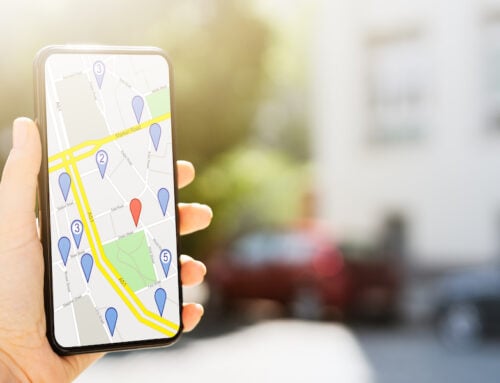Writing The Perfect SEO Blog Post
A very important aspect of SEO is the quality and consistency of fresh content. The fresh content has to have substance, but has to be targeted and purposeful to be Search Engine Optimized. It helps drive traffic to your website, but it is the easiest way to introduce new, potential customers to your brand.
The tricky part is is that search engines, primarily Google, keeps getting smarter. Its algorithm updates are driving more toward relevancy and intent. Your content needs to matter, and, if you want to get to the first page, needs to be the forefront in your industry.
There seems to be a long list of items your blog article needs to hit in only a matter of a couple hundred words. So how can you get Google or other search engines to see how awesome your content is? Blue Ridge Media Company has several SEO tips on how to optimize your blog content:
Keyword
Target 1-2 long-tail keywords that match what your ideal reader or potent customer would find relevant. You want to target long-tail keywords because your audience will end up on your article when they are searching for an answer to their question.
When optimizing your blog post it is important to note that you don’t want to “stuff” or “dumping” your content with your keyword. It makes the readers experience terrible, search engines will penalize you, and it often feels forced and unnatural in writing. There are several items to consider when and how to use your keywords to search engine optimize your blog post:
- Include keyword in Title Tag, first 100 words, URL, Meta, and in your H1
- Use variations of your keyword
- Include the phrase your audience is looking for
- Keyword and variations should be 1-2% of your text
Readability Score
Content readability is the level of understanding within written text. It is one item that is often overlooked when optimizing your blog posts. It is not confirmed that it makes a difference directly with search engine rankings, but it does effect it indirectly. You want your audience to be able to understand and stay engaged with your post, hence lower your bounce rate.
Writers find it difficult to lower their Flesch-Kincaid readability score. It is said that even though the average human can read at a grade 9 text, for causal reading, it is prefered to be at grade 2 or lower. Here are some quick tips on how to optimize your readability score:
- Centralize around one idea
- Short sentences
- Max 5 sentences per paragraph
- Use words with less syllables
- Include dialogue in your text (it’s short and direct)
Mobile Friendly
Unless you are sitting at your desk at work, how many people use their laptops and desktop computers to read articles anymore? Majority of people use their phones for casual reading and searching the web. Because of this trend, Google is displaying mobile-friendly results first.
Test whether your page is mobile-friendly by using the following site: Google Mobile-Friendly Test
Optimizing your blog post mobility for Google and other search engines is dependent upon on your site platform. Google recommends using a content management software like WordPress to build your site, which, depending on your theme or built, can automatically mobile optimize your page.
If you are not comfortable making your blog mobile-friendly yourself, contact BRMC today.
Optimized Content
Before you start writing, always come up with a plan and strategy as to how you are going to relay your message. Establish your point and how to you are going to format your article. But while you are optimizing your writing for search engines, keep in mind several factors:
Value
Before you sit down and write, ask yourself: Why would someone read this? Yes, you want search engines to see your content, but who is going to be the one reading it? People! When you are writing always offer some sort of value to your audience. Give them a service, new knowledge, and something that know one else is offering them.
Length
Search engines tend to give preference toward longer articles. According to several resources, an optimized blog post length in 2019 should be around 1,800 words, but no less than 300 words. The sweet spot for non-professional writers is around 1,000 words.
Edit Your Work
Your work should also be triple checked and edited. Nothing is worse than reading an article that is roughly formatted, has super long paragraphs, and sentences that go on for miles. It is always a good idea for someone to look at your work before publishing.
Internal Links
Search engines, such as Google, find your pages when they are linked somewhere else on the web. It connects your content and gives Google the hierarchy and structure of your site. Link that direct to other pages internally also establish relationships between your content and provides value to specific links.
When putting internal links on your blog, find what links should be on the page. They should be connected in relevance to your content. Secondly, find the right anchor text. Anchor text is the clickable text that your audience will see. When you insert your internal link to your anchor text, it should be within the natural portion of your writing and not forced. If it is forced, or placed consistently on the same keywords, Google may consider this “stuffing”
Incorporating best SEO practices takes time and practice. But as your presence and website begins to grows, so will your content strategy.
If you need help with SEO content generation, contact Blue Ridge Media Company. We make sure that when your potential customers start looking, they find you first.






